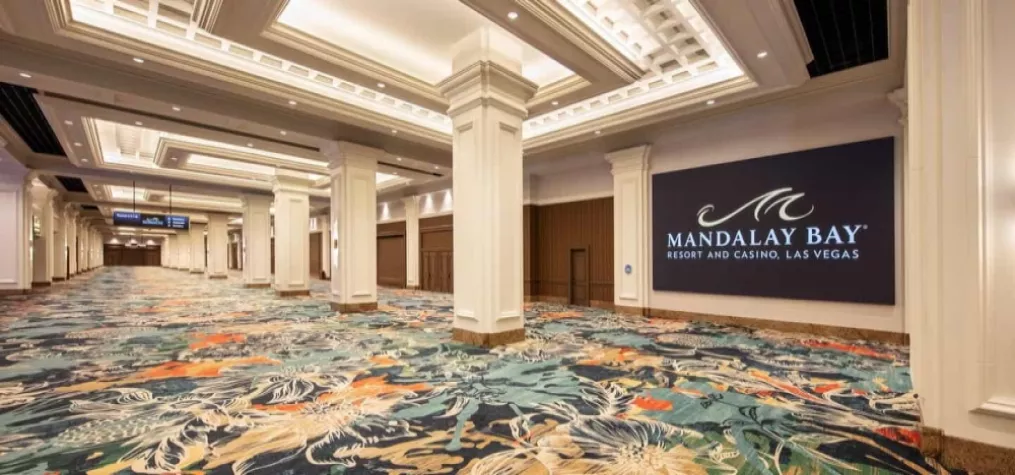In today's global landscape of environmental awareness, it is crucial to learn where event environmental impacts are generated. As part of the team who generated these Impact Statements and recycling reports for events like CES and IMEX America, I know the challenges of the existing systems and there needs to be a fresh approach to tracking event metrics.
When thinking of environmental issues, energy consumption, waste minimization and CO2 emissions are among the top priorities, and it is usually the venue and general contractors who provide these statistics.
When calculating a single event’s energy consumption, venues have to consider multiple factors and develop formulas that assess the overall monthly consumption of the venue and the square footage of each space used by each event. Formulas then divide the consumption accordingly, which does not take into account which event is using more energy consuming equipment, the mixed use public areas or the internal venue operations, which ends up providing a number that is completely disconnected from the actual event operations.
The most visible impact area of an event is waste generation and large scale events generate a lot of waste. Venue-provided recycling data can be determined by a variety of factors, including county regulations and hauler sorting processes, and planners’ waste reduction efforts are often overshadowed by factors outside their control, mainly exhibitors who dispose of packing materials, excess publications, flooring or the worst case scenario: booths and structures during the event.
These external factors can wipe out all of the planner’s efforts with one structure disposed on site and when compounded by numerous exhibitors disposing of multiple materials during move out, it's easy to see how a planner's efforts can be negated by exhibitors.
While a certain amount of waste is expected, planners need to take a more direct approach by identifying any large amounts of materials that exhibitors know they will dispose on site and track and charge accordingly to help offset waste hauling costs, penalize waste generators and reduce the waste produced at events.
One of the largest environmental issues is CO2 emissions, which are mostly generated by events through freight and shipping, but no one truly knows the real extent of these emissions. While general contractors like Freeman and GES do track the mileage of the materials they manage, the general contractor simply doesn't handle all of the materials during an event.
Exhibitors can use a third-party contractor, ship direct to show site or bring materials themselves, and the general contractor simply can't track things they don't control. No one supplier knows the scale or real scope of where all event materials are sourced, so we have no idea of the true scope of CO2 emissions.
While requesting environmental data from suppliers was a solid first step, the existing systems of generating metrics are too removed from the actual event operations and need to be re-evaluated. Event planners are often more sustainable than we think, but their sustainable and efficient designs are offset by exhibitors, making the event and the planners seem more wasteful than they are.
To truly quantify the impacts of the events industry and to highlight positive decision making, event planners have to take control of their own metrics similar to corporate sustainability programs, mandate tracking of all materials and track the supply chains of all event materials, so we can finally understand where impacts come from and who is responsible. Only then will we be able to develop accurate metrics and meaningful reduction strategies.



Add new comment